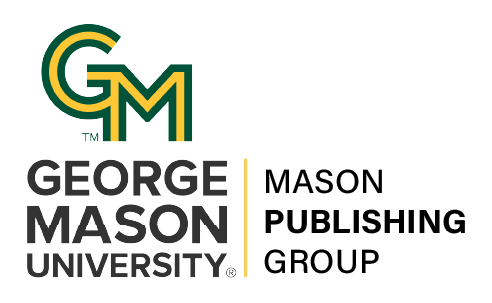Cross-Cultural Pedagogic Methods: Teaching in the Multi-Cultural Classroom
DOI:
https://doi.org/10.13021/G8itlcp.10.2018.2251Abstract
The classic study in ethnocultural diversity is Edward T. Hall's "The Silent Languageâ. The bookâs message for educators is that the assumptions we make about student behaviors are based in our own cultural background and may have nothing to do with why a student behaves in a particular way. Therefore, it is important to understand the culturally imbued expectations of the ethnocultural groups encountered in the classroom and how these expectations play into the learning experience of these diverse sets of students. For example, the color red to a Korean student is unlucky and connotes a faux pas. So, marking a Korean studentâs work with a red pen sends an unintended and offensive message. Many Asian cultures prefer group efforts over individual effort as is preferred in Western classrooms. How does this impact the typical assignments and exams given as part of a course? These issues are particularly important in the applied sciences, at both the undergraduate and graduate levels, where there are increasing numbers of students from diverse cultural communities. This presentation approaches these instructional issues and offers suggestions for avoiding the major improprieties that can occur in cross-cultural mis-communication. This will facilitate smooth integration of ethnoculturally diverse groups into instructional process.Published
2018-08-08
Issue
Section
Poster Session




